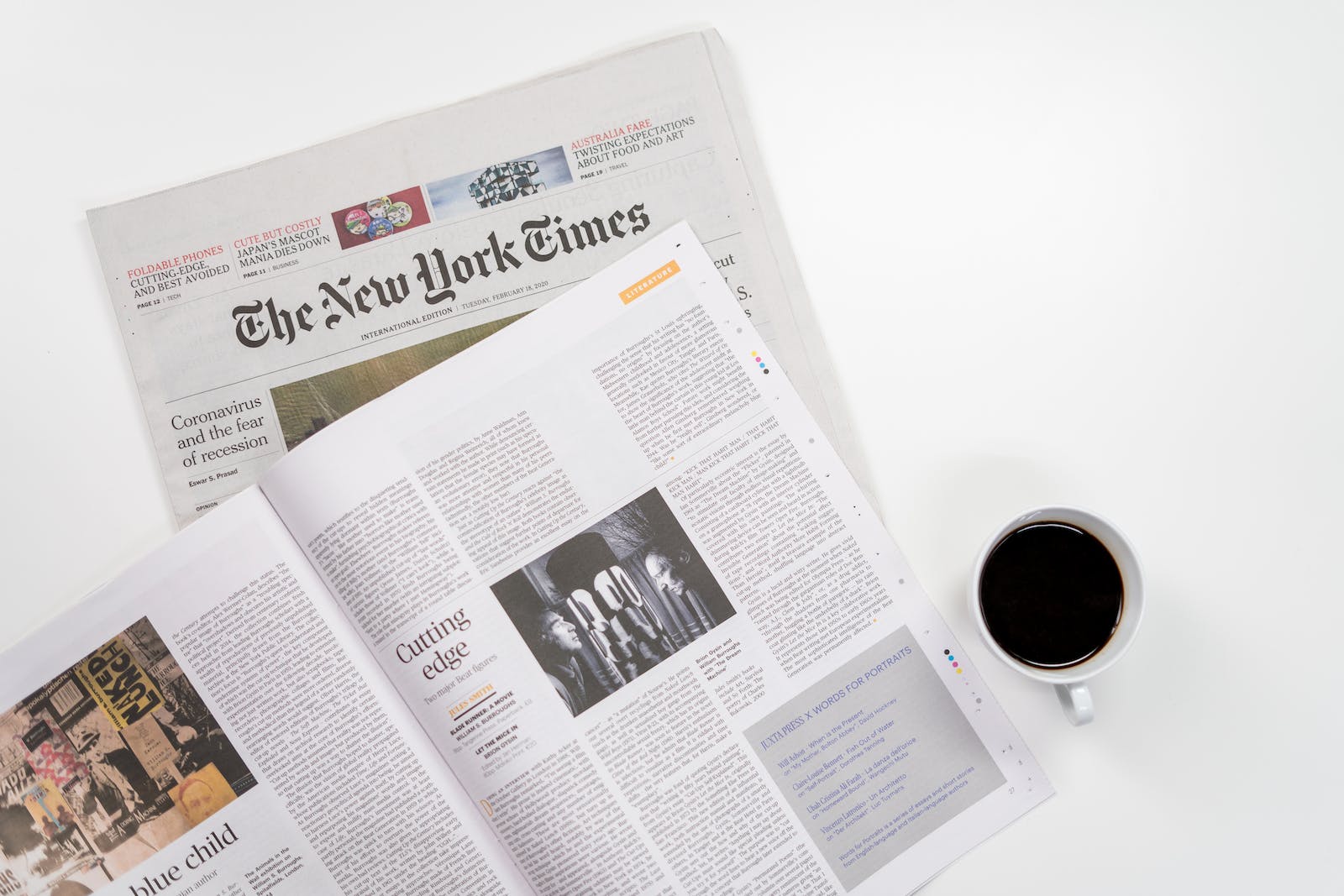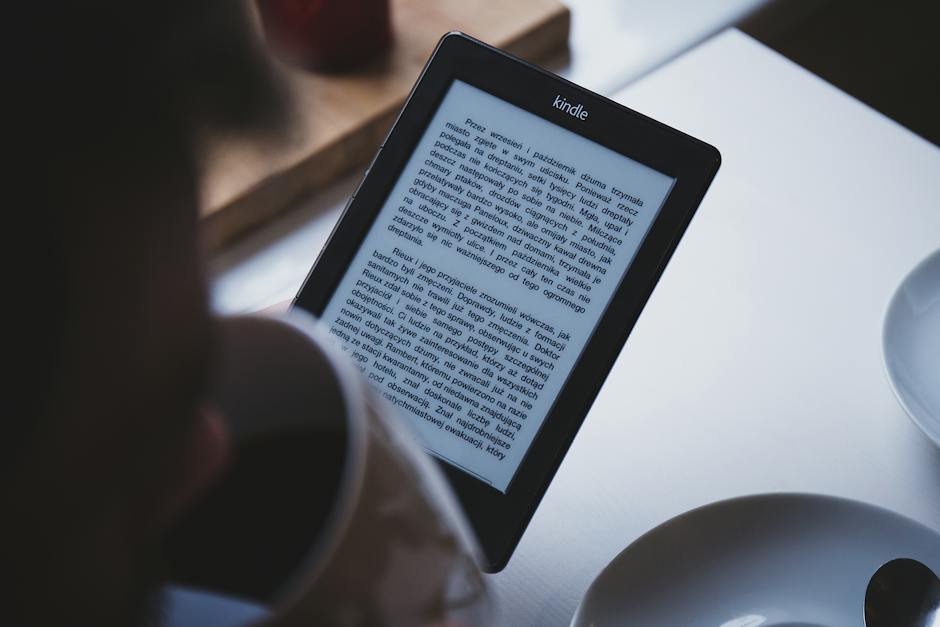The Pros and Cons of Reading a Newspaper
Exploring the Benefits and Drawbacks of Traditional Print Media
Newspapers have been a staple of media consumption for centuries, providing readers with a tangible source of news, analysis, and entertainment. Despite the rise of digital media, newspapers continue to attract a loyal readership. In this article, we'll explore the advantages and disadvantages of reading a newspaper in the digital age, examining the unique benefits and drawbacks of this traditional print medium.
From in-depth reporting to the tactile experience of turning the pages, newspapers offer a unique way to engage with the news. However, they also face challenges in the digital era, competing with online news sources for readers' attention. Let's delve into the pros and cons of reading a newspaper to gain a deeper understanding of its place in today's media landscape.
Pros
Despite the prevalence of online news platforms, newspapers continue to offer several advantages that set them apart. Here are some compelling reasons why reading a newspaper can enhance your media consumption experience:
Tactile Reading Experience
The physical act of reading a newspaper can be a sensory and tactile experience that engages multiple senses. Turning the pages, feeling the texture of the paper, and even the distinctive smell of newsprint can create a unique and immersive reading experience that some readers find deeply satisfying.
Unplugged Engagement
Reading a newspaper offers a break from screen-based media consumption. In a world where digital devices dominate our attention, the act of reading a printed newspaper allows for a valuable period of unplugged engagement, reducing screen time and potential digital fatigue.
Credibility and Trust
Many readers still perceive newspapers as a credible and reliable source of information. The rigorous editorial processes, fact-checking, and adherence to journalistic standards often enhance the trustworthiness of the content. This credibility can be valuable to both readers and advertisers seeking a reputable platform.
In-Depth Reporting and Analysis
Newspapers often provide in-depth reporting on current events, offering detailed analysis and investigative journalism. This depth of coverage can contribute to a more nuanced understanding of complex issues, making newspapers a valuable source of information for readers seeking comprehensive news stories.
Local Community Connection
Newspapers often provide a platform for local businesses, organizations, and individuals to connect with the community. They can showcase local events, feature profiles of residents, and inform readers about issues specific to their area. This localized focus helps build a sense of community and fosters engagement among residents.
Missing a pro?
Let us know which pro you are missing!
Cons
While newspapers offer certain advantages, they also have drawbacks that may impact their relevance in today's media landscape. It's important to consider these potential limitations when evaluating the role of newspapers in the digital age. Here are some of the drawbacks of reading a newspaper:
Limited Timeliness
Printed newspapers may have limitations in delivering up-to-the-minute news, especially compared to the real-time updates provided by digital news platforms. This potential lack of timeliness can impact readers who prioritize immediate access to breaking news and current events.
Limited Interactivity
One of the drawbacks of traditional newspapers is the lack of interactivity. Unlike digital platforms, readers cannot click on links, engage in real-time discussions, or easily share content with others. This limits the overall interactive experience and can make it challenging for readers to delve deeper into specific topics or connect with others over shared interests.
Environmental Impact
The production of print newspapers can have a significant environmental impact, from paper production to ink usage and distribution logistics. For environmentally-conscious readers, the ecological footprint of print media may be a concern when evaluating the sustainability of newspaper consumption.
Physical Space and Clutter
Accumulating physical newspapers can lead to clutter and storage challenges, especially for readers with limited space in their homes. The bulk and accumulation of printed copies can create organizational and space management issues for individuals and households.
Declining Circulation and Distribution
The decline in newspaper circulation and distribution poses a significant challenge to the industry. Factors such as changing reader habits, competition from digital media, and distribution costs have led to reduced availability of newspapers in many areas. This decline can impact the reach and influence of newspapers, affecting their ability to connect with audiences and generate revenue.
Missing a con?
Let us know which con you are missing!
Conclusion
In conclusion, newspapers offer a distinct set of advantages and disadvantages in the context of modern media consumption. While they provide in-depth reporting and a tactile reading experience, they also face challenges related to timeliness, environmental impact, and physical clutter. Ultimately, the decision to read a newspaper involves a consideration of personal preferences, media habits, and environmental values. By understanding the pros and cons of traditional print media, readers can make informed choices about how they engage with news and information.
What do you think?
Do you think the pros outweigh the cons?






